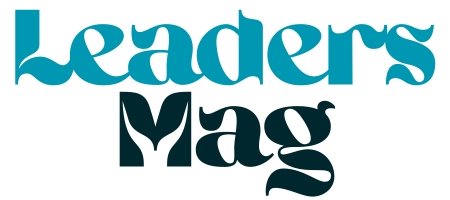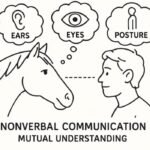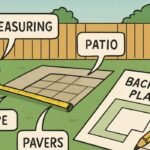Most businesses outgrow their websites without realising it. You notice it when bookings slow down, customers call to ask questions the site should answer, or the layout struggles on mobile. Choosing the right company for website design Australia means prioritising more than just visual appeal. It’s about function, user experience, and future-proofing your digital presence.
Start with What You Actually Need
Every business website should be built around its real-world needs. If you’re a service provider, you might need a fast-loading site with instant booking functionality. If you run an online store, you’ll need search and navigation that can handle hundreds of products with ease.
Before you meet with a website design company, identify the key frustrations with your current site and make a list of must-haves, not nice-to-haves. Do you need flexible content updates without developer support? Are mobile responsiveness and SEO performance priorities? Clarity here will make it easier to evaluate quotes and understand which agency is actually listening to your business goals.
Understanding How Good Designers Work
Great website designers don’t jump into the visuals right away. Instead, they start with structure and functionality. The site map and wireframe — which is like the blueprint of your site — are the foundation of everything that follows.
Ask potential providers the right questions:
- Will they help you map out the site’s user journey?
- Do they support content planning and copywriting?
- Is mobile-first design part of the process?
- How do they handle accessibility compliance?
These early steps shape how users experience your website — and whether they convert. They also make future updates easier and reduce technical debt.
Comparing Packages Beyond the Price
Website design packages vary widely, and it’s not just about price. Some companies deliver a complete solution, including strategy, design, development, content migration, on-page SEO, and training. Others stop short at visual design and expect you to handle the rest.
When comparing proposals, dig deeper:
- How many rounds of revisions are included?
- What does post-launch support look like?
- Are hosting, analytics, or backups included?
Also, ask what’s extra. If you need an online booking tool, eCommerce functionality, or a blog, make sure these are included in the quote or clearly itemised. Transparency upfront helps avoid scope creep and budget blowouts later.
Redesigning? Don’t Just Copy the Old Site
If you’re rebuilding an existing site, avoid the temptation to carry everything over unchanged. The way users interact with your site may have shifted. Ask your designer to review what’s working and what’s not:
- Which pages attract the most visits?
- Where are people bouncing?
- What are users searching for but not finding?
Use tools like heat maps or analytics to inform design decisions. Good web designers in Australia will support this discovery phase and help you build something that solves today’s challenges, not yesterday’s.
Prioritising User Experience and Accessibility
In 2025, accessibility is no longer optional. Your website should be usable for everyone — including people using screen readers or navigating by keyboard. Ask your designer how they approach inclusive design.
A strong user experience also means fast loading times, clear calls to action, and seamless navigation on both desktop and mobile. The company you choose for website design Australia should test performance across multiple devices and browsers, not just build for one.
The Importance of Collaboration
Good design firms won’t disappear after a kickoff call. They’ll collaborate with you throughout the process, offering updates, previews, and feedback loops at each stage.
If you’re managing the project yourself, ask whether they offer a dedicated project manager. If you’re part of a team, check how they handle shared input and version control.
Strong communication is a hallmark of successful builds. You want a team that listens, adjusts, and provides clarity — not one that speaks in jargon or rushes through revisions.
Planning for the Long Term
A website is never truly finished. You’ll need to make updates, add pages, adjust content, or tweak your SEO as your business evolves.
Choose a company that offers content management systems (CMS) that are easy to use without technical knowledge. WordPress, Shopify, or Webflow are examples — but not all builds are equally user-friendly. Ask for a walkthrough or training session before launch.
Also consider ongoing costs. Will you need support to maintain the site? How do you submit changes, and how quickly will they be actioned? The best teams don’t just build and leave — they support and adapt as your business grows.
Final Thoughts
A website is more than a digital business card. It’s a tool to inform, convert, and support your customers. When choosing a provider for website design Australia, look for a team that understands your goals, asks smart questions, and offers genuine collaboration.
The right partner won’t just deliver a beautiful site — they’ll help you build something that lasts, performs, and supports your business as it grows.
YOU MAY ALSO LIKE: Wixnets.com or Wix.com? The Ultimate Guide to Building Your Dream Website in 2025











